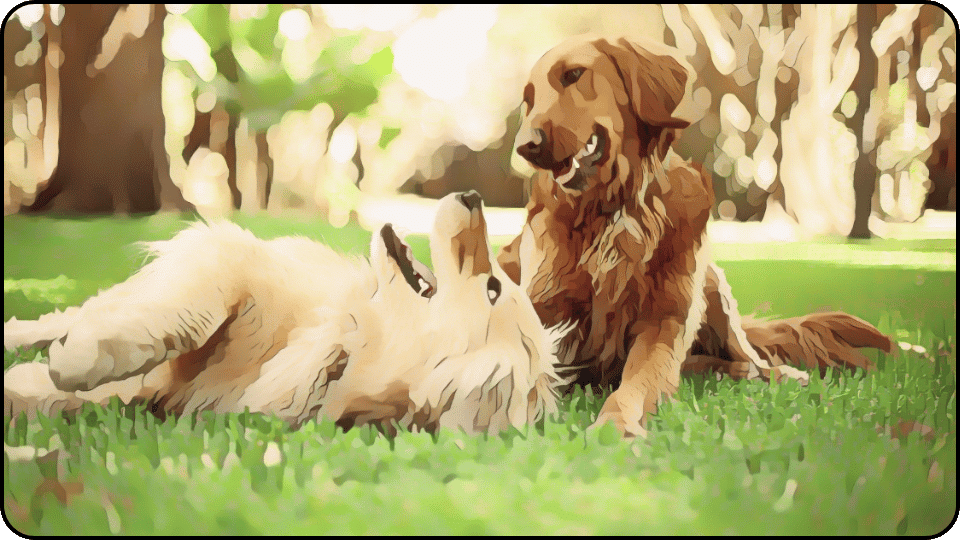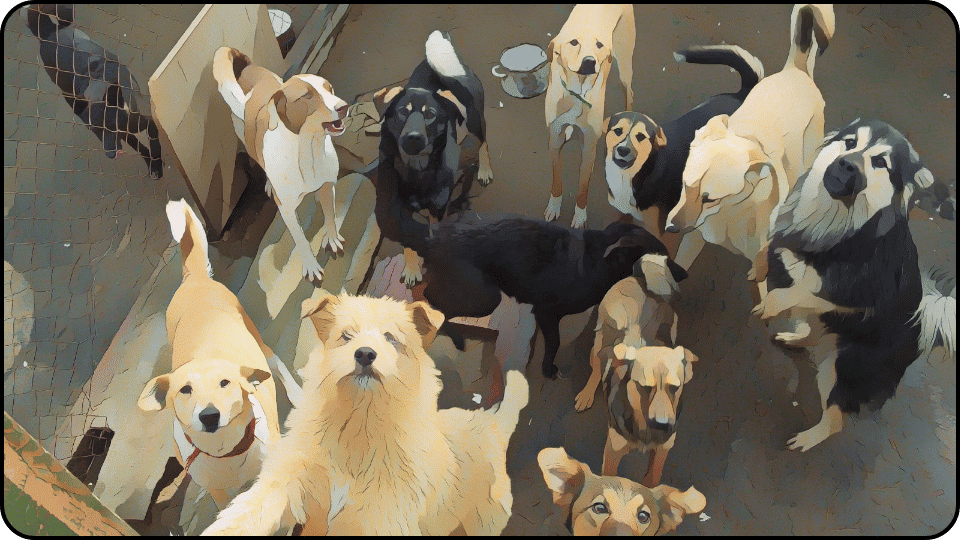Learning how to introduce a puppy to a dominant dog is a crucial step in ensuring a harmonious household. Proper introductions and socialization are essential aspects of dog grooming and general care, as they lay the foundation for a positive relationship between your furry companions. Introducing a new puppy to an established dominant dog can be a delicate process, but with the right approach and techniques, you can set the stage for a successful and peaceful coexistence.
In this article, we’ll explore essential tips and strategies to help you navigate the introduction process smoothly. From understanding canine body language to creating a controlled environment, we’ll cover the key elements that will enable you to foster a strong bond between your puppy and your dominant dog. By following these guidelines, you’ll be well on your way to creating a happy, well-adjusted, and cohesive canine family.
Key Takeaway
- Introducing a puppy to a dominant dog requires careful planning and management to ensure a smooth transition.
- It’s important to understand the personalities of both dogs and create a safe, controlled environment for initial interactions.
- Gradually increase exposure between the puppy and dominant dog while supervising closely and intervening if needed.
- Seeking guidance from a professional dog trainer can help address any behavioral issues or dominance issues that arise.
Pre-Introduction Preparation for Introducing a Puppy to a Dominant Adult Dog
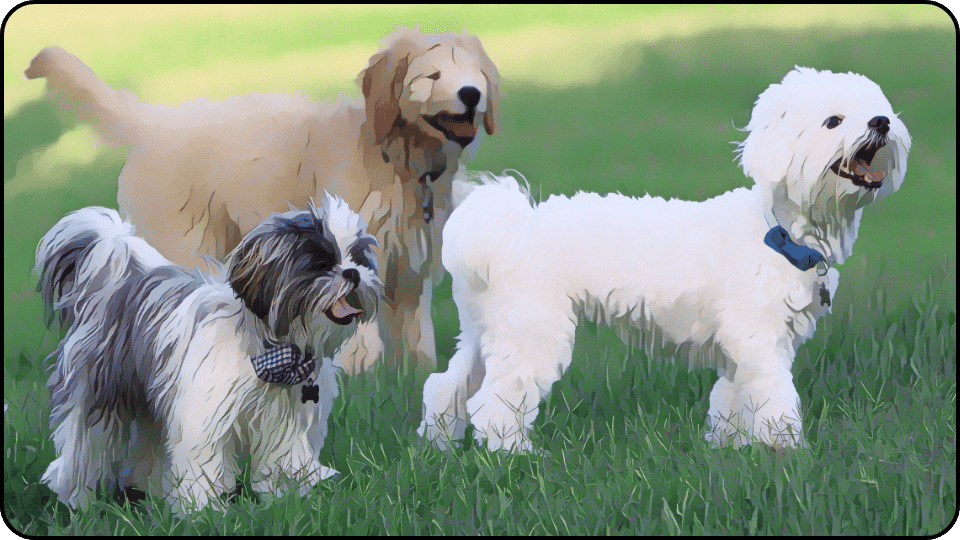
Understanding the body language and behavior of both the new puppy and the dominant adult dog is crucial before their introduction. Observing their interactions can provide insights into their comfort levels and potential triggers. Look for signs of stress in the resident dog, such as growling or stiff posture, and ensure the new puppy isn’t displaying fearful or submissive behaviors. Recognizing these cues early can help manage and mitigate potential conflicts.
Before the introduction, ensure the older dog is well-exercised and fed. A tired and content dog is less likely to exhibit territorial aggression or resource guarding. Consider taking the resident dog for a long walk or play session to expend excess energy. This can reduce stress and tension, making them more receptive to meeting new family members.
Evaluate the age and vaccination status of your new pup before introducing them to other dogs. Puppies are particularly vulnerable to diseases, so it’s important to keep them safe from exposure until they are fully vaccinated. This means keeping your puppy home and avoiding places like the dog park where they might encounter unfamiliar dogs. Proper vaccination ensures your pup is healthy and ready to socialize with other animals.
Preparation is key for a successful introduction. Create a checklist to ensure all necessary steps are taken. This can include confirming vaccination records, planning exercise routines for the older dog, and setting up separate spaces for each dog. By taking these preparatory steps, you can set the stage for a positive and harmonious introduction between your new puppy and the other dog.
Health Check and Vaccination Status
Before introducing your new puppy to your dominant dog, it’s crucial to ensure that both dogs are in good health and up-to-date on their vaccinations. A visit to the veterinarian can confirm that your puppy has received all necessary vaccinations and is ready for socialization. This step is vital to protect your puppy from diseases and ensure they are healthy enough to meet other dogs.
Similarly, make sure your adult dog is also healthy and not showing any signs of illness or stress that could impact the introduction process. A healthy adult dog is more likely to be calm and receptive to the new puppy, reducing the risk of aggressive behavior.
Consulting with a professional dog trainer can provide additional guidance on how to introduce a new puppy to a dominant dog, taking into account the health and vaccination status of both dogs. A trainer can help you create a plan that ensures a smooth and safe introduction, setting the stage for a positive relationship between your furry companions.
Understanding Dog Body Language

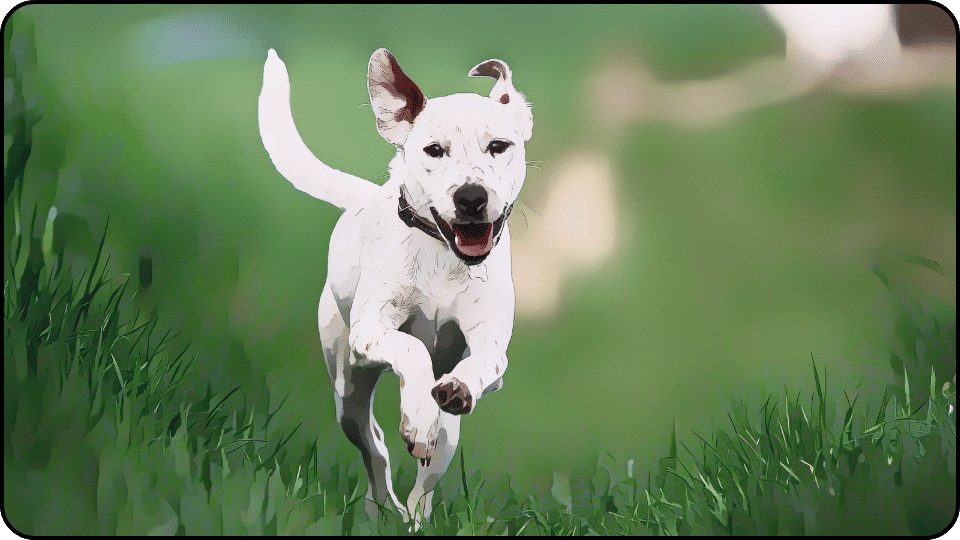
Understanding dog body language is crucial when introducing a new puppy to a dominant dog. Dogs communicate through their body language, and being able to read these signals can help you manage their interactions effectively.
Observe your dominant dog’s body language carefully. Look for signs of stress, anxiety, or aggression, such as raised hackles, growling, or snapping. These behaviors indicate that your dog may be feeling threatened or uncomfortable. Similarly, monitor your puppy’s body language for signs of fear or submission, such as tucking their tail, cowering, or avoiding eye contact.
Recognizing these cues early allows you to intervene and prevent conflicts between the two dogs. For instance, if your dominant dog displays dominant body language, such as standing tall or asserting their presence, it’s essential to manage the situation to ensure the puppy feels safe.
A professional dog trainer can help you understand dog body language and provide guidance on how to manage the introduction process. They can teach you how to recognize and respond to different signals, ensuring a smoother and more harmonious introduction.
Creating a Safe and Controlled Environment
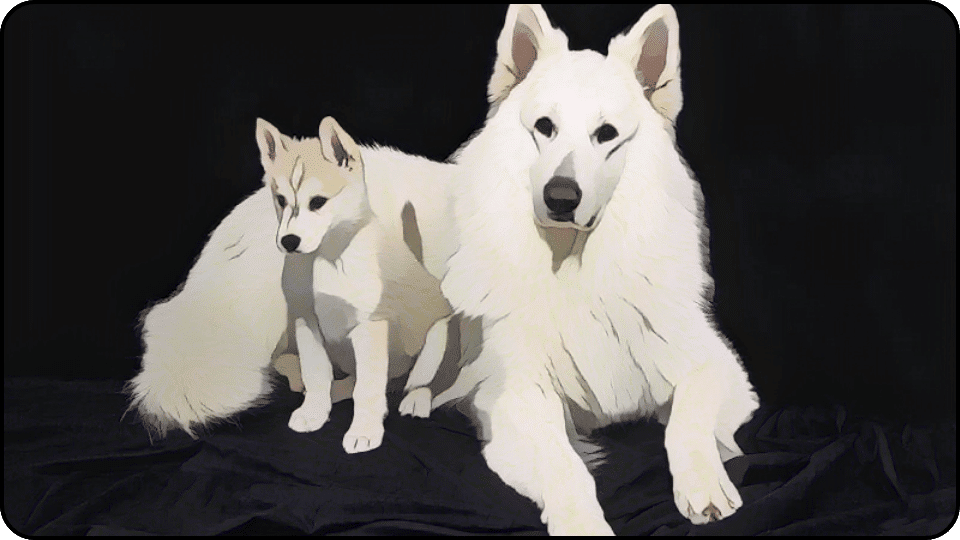
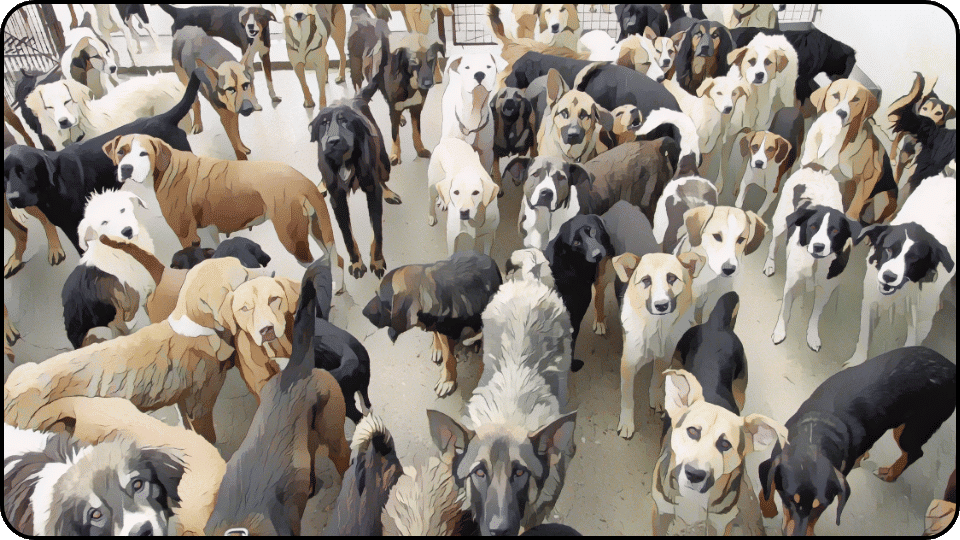
Remove potential triggers like favorite toys or bowls to avoid territorial aggression or resource guarding. This step is essential to prevent any unnecessary conflicts during the introduction. By eliminating these items, you create a neutral environment that reduces stress for both dogs.
Set up separate spaces and areas for each dog. This provides them with their own safe space, which is crucial for their comfort and security. Separate areas help in preventing conflicts and allow each dog to retreat if they feel overwhelmed. Consider using gates or barriers to designate these spaces clearly.
Choose a neutral territory for the initial introductions. A park or a friend’s backyard can be ideal locations. Neutral grounds help reduce territorial behavior from the resident dog, making the first meeting less stressful. It is important to ensure that the environment is calm and free from distractions.
Ensure both dogs have been adequately exercised and fed beforehand. A well-exercised and content dog is less likely to exhibit stress or tension during the first meeting. Plan a long walk or play session for each dog before the introduction to help them expend excess energy. This preparation can lead to a more peaceful and receptive interaction.
Importance of Neutral Territory
Choosing a neutral territory for the initial introduction between your new puppy and dominant dog is essential. Neutral grounds, such as a dog park or a friend’s backyard, help reduce territorial behavior and create a more relaxed environment for both dogs.
Introducing the dogs in your home can lead to territorial aggression, as the resident dog may feel the need to defend their space. By selecting a neutral location, you minimize the risk of conflicts and make the introduction process less stressful for both dogs.
A professional dog trainer can provide guidance on how to select a suitable neutral location for the introduction. They can help you plan the meeting in a way that ensures both dogs feel comfortable and secure, setting the stage for a positive relationship.
The Gradual Introduction Process Between a Puppy and Dominant Dog
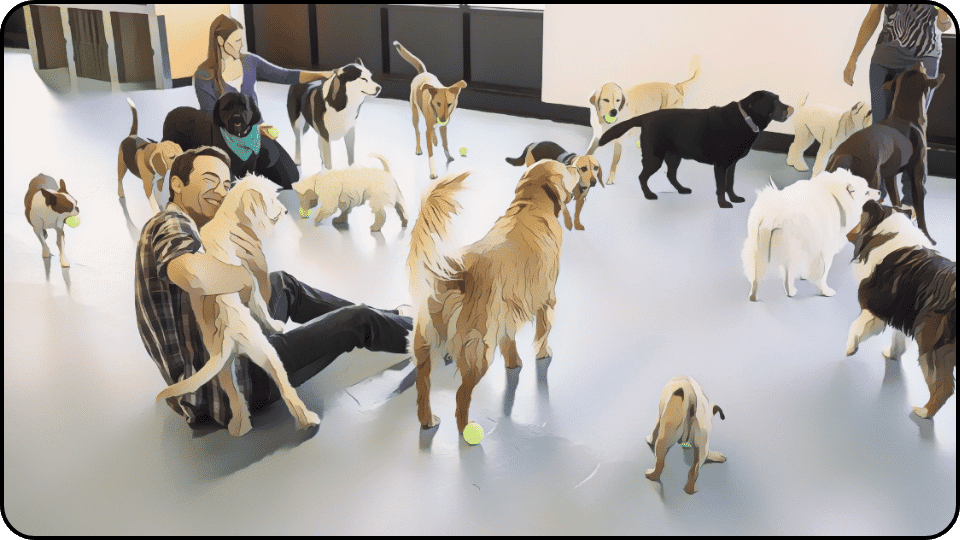

Begin with Parallel Walks for Familiarization
Start with parallel walks to allow the two dogs to become familiar with each other’s presence and scent from a distance. This method helps the dogs get used to each other without direct contact, reducing the chances of immediate tension. Parallel walks should be done in a calm and neutral territory, such as a quiet street or park, where there are fewer distractions. Keep the dogs on leashes to maintain control and ensure safety. Early and consistent training is crucial to prevent situations where dogs begin to disregard commands and develop dominance issues.
Gradual Introduction and Monitoring
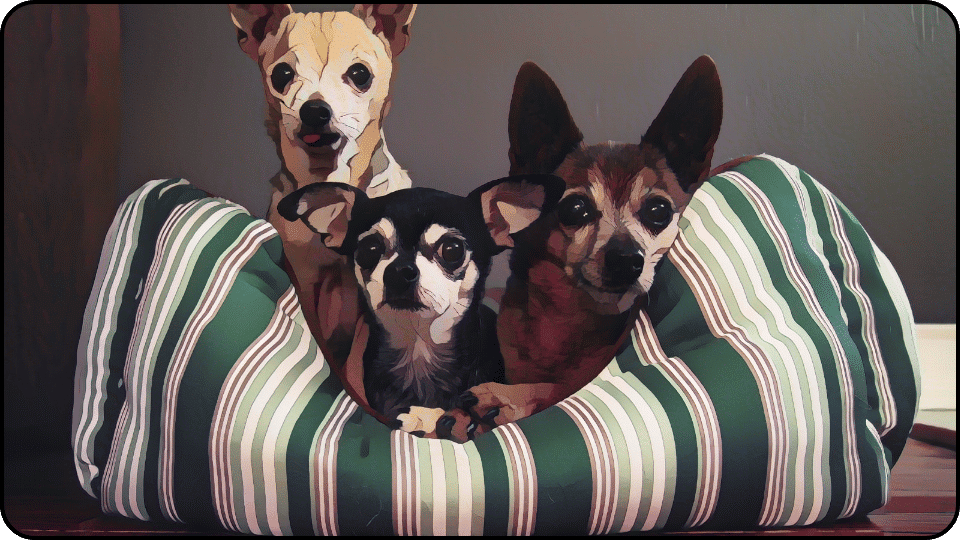
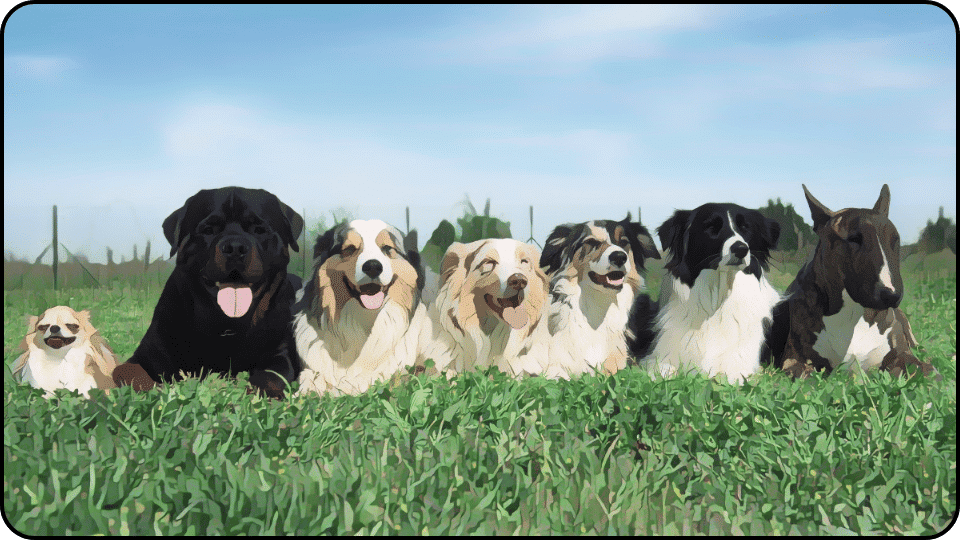
Gradually introduce the puppy and adult dog by allowing them to smell each other while maintaining control of their leashes. This initial sniffing is crucial as it helps them gather information about each other. Be patient and allow them to take their time. Avoid forcing interaction; let it happen naturally. If either dog shows signs of discomfort, increase the distance between them and try again later.
Monitor their body language closely for any signs of discomfort, fear, or aggression. Look for signs like growling, stiff posture, or raised hackles. These signals indicate the need to intervene immediately. If the dogs remain calm, gradually decrease the distance between them. Reward positive behavior with treats and praise to reinforce calm interactions.
Supervision and Positive Reinforcement
Ensure a family member helps supervise the initial meeting to prevent sudden movements that could escalate tension. Having an extra pair of eyes can help spot potential issues early. If the dogs remain calm and relaxed, consider short, supervised off-leash time in a secure area. Gradually increase the duration of these interactions as the dogs become more comfortable with each other’s presence. Consistency and patience are key to a successful introduction.
Managing Interactions Between Adult Dogs and a New Puppy
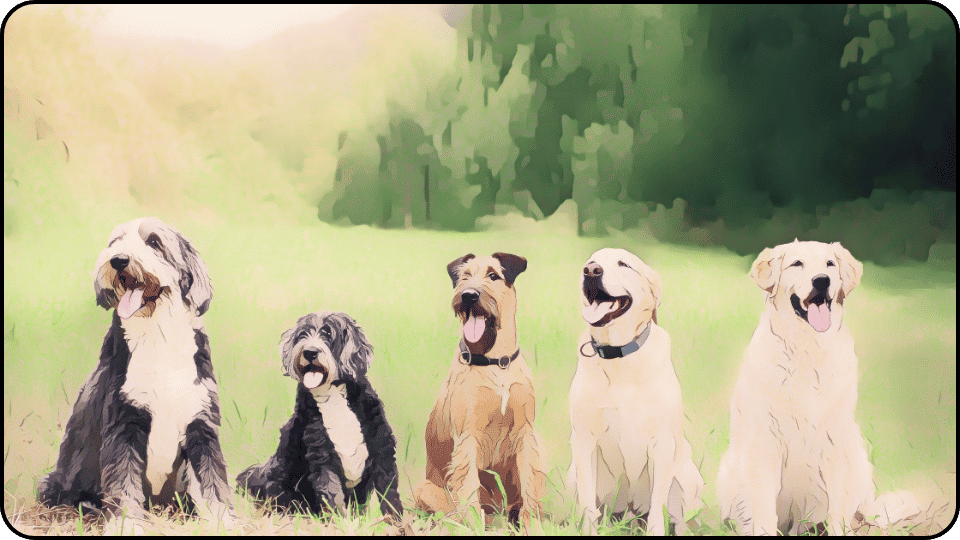
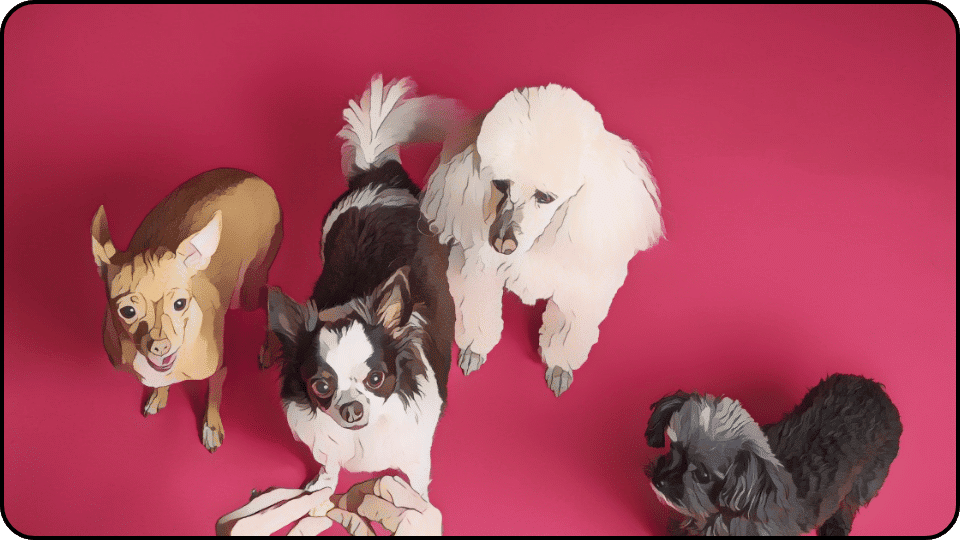
Allow the Older Dog to Establish Boundaries Appropriately
Allow the older dog to assert their role as the dominant dog and establish boundaries with the puppy, but ensure it is done appropriately. It’s crucial that the older dog doesn’t become too aggressive or intimidating. Monitor their interactions to ensure the puppy feels safe and respected. This process helps the puppy learn social cues and understand the pecking order within the household.
Creating a Positive Association Between the Puppy and Dominant Dog
Ensure the little pup feels secure and has a positive association with the dominant dog. Provide separate spaces where the puppy can retreat if feeling overwhelmed. This safe space is essential for the puppy’s comfort and confidence. Encourage positive behaviors by rewarding both dogs with treats and praise when they interact calmly. Positive reinforcement helps build a harmonious relationship.
Supervise all interactions closely between the new dog and resident dog to prevent any potential conflicts from escalating. Keep an eye out for signs of discomfort or aggression, such as growling or stiff posture. Intervene immediately if necessary to maintain a peaceful environment. Consistent supervision helps prevent misunderstandings and promotes a smooth transition.
Reward calm behavior from both dogs with positive reinforcement like treats and praise. This not only encourages peaceful interactions but also strengthens the bond between the two dogs. Use treats to reinforce good behavior and establish a routine that both dogs can rely on. Over time, these positive interactions will help the dogs become comfortable with each other’s presence, reducing stress and fostering a strong bond.
Seeking for Help from A Professional Dog Trainer

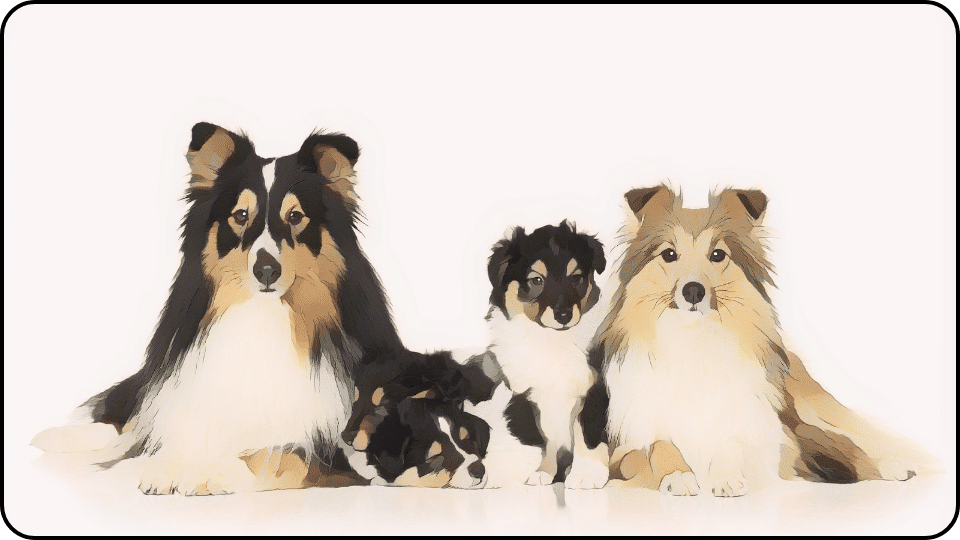
If you’re unsure about how to introduce a puppy to a dominant dog, consider seeking guidance from a professional dog trainer for a customized plan. Professional trainers have the expertise to assess the unique dynamics between your dogs and provide tailored strategies. They can help you understand the specific needs of your dominant dog and new puppy, ensuring a smoother transition. This personalized approach can significantly reduce stress for both you and your pets.
If you notice any signs of dog aggression, fear, or other behavioral issues, seek help from a professional trainer right away. Early intervention can prevent these issues from escalating into more serious problems. Trainers can offer effective solutions to manage aggression or fear, helping both dogs feel more secure. They might recommend specific exercises or routines to address these behaviors, fostering a more harmonious relationship between your dogs.
A dog trainer can provide tips for managing a multi-dog household and help both dogs learn basic commands. Understanding basic commands is crucial for maintaining control and ensuring safety during interactions. Trainers can teach you how to reinforce these commands consistently, promoting obedience and respect. They can also advise on setting up separate spaces for each dog to reduce competition and establish boundaries. This guidance can lead to more peaceful coexistence and help integrate the new puppy into your family smoothly.
Here are some benefits of hiring a professional dog trainer:
- Tailored training plans for your specific situation
- Expert advice on managing dog aggression and fear
- Guidance on establishing boundaries and routines
- Support in teaching basic commands to both dogs
- Assistance in creating a harmonious multi-dog household
Investing in a professional dog trainer can be a valuable step in ensuring a positive introduction and long-term relationship between your dominant dog and the new puppy. With their help, you can navigate the challenges of a multi-dog household more effectively, creating a safe and happy environment for all family members.
Obedience Training and Socialization for a Smooth Transition
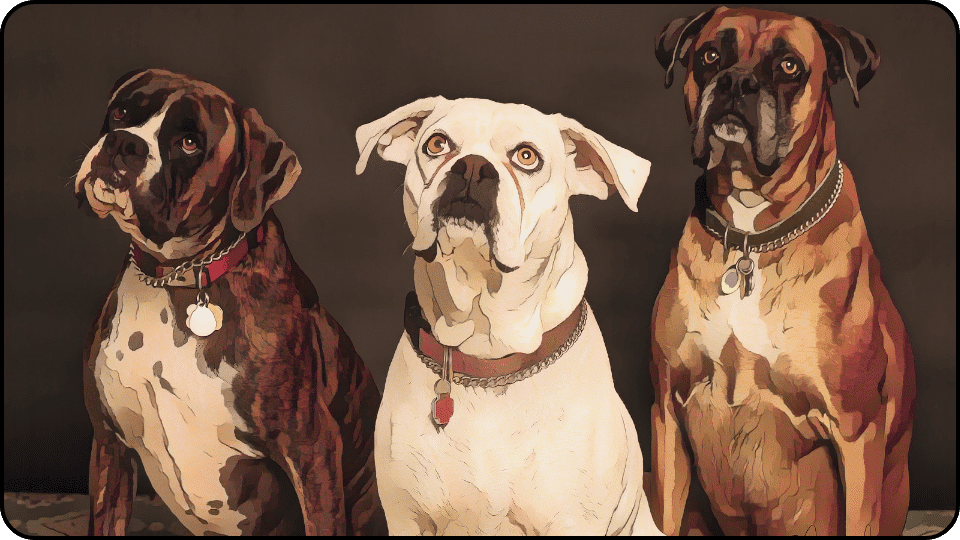
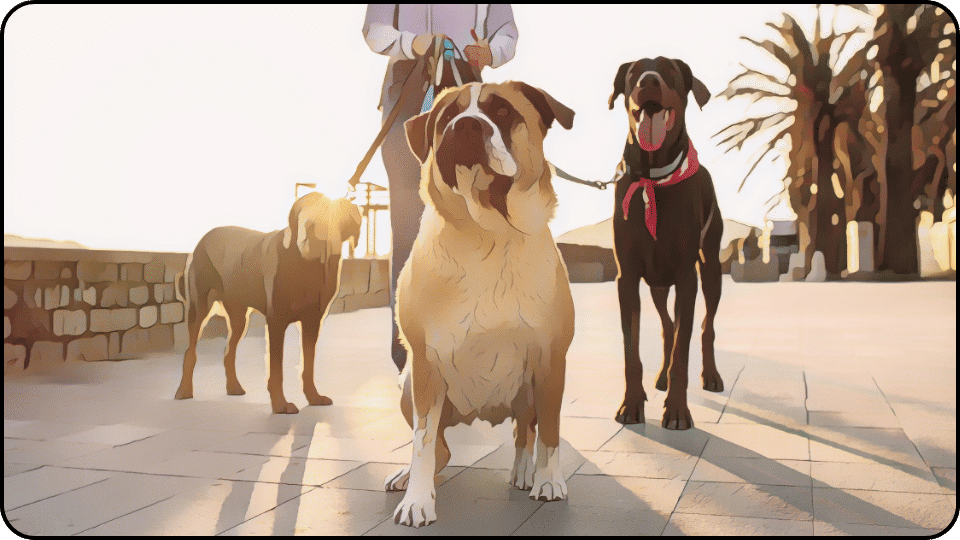
Enroll your new puppy in obedience training classes to help them learn basic commands and socialize with other puppies and dogs. Obedience training is crucial for building a strong foundation of good behavior. It also provides an opportunity for your puppy to interact with other dogs in a controlled environment. This helps them develop social skills and learn to respond appropriately to different situations.
Socialization is key to raising a well-adjusted puppy. Introduce your puppy to a variety of environments, people, and other animals. This exposure helps build their confidence and ensures they remain calm in new situations. A well-socialized puppy is less likely to develop fear or aggression issues later in life. Make socialization a fun and positive experience by rewarding them with treats and praise.
Obedience training is not just for the new puppy; it’s beneficial for the dominant dog as well. Enrolling your dominant dog in a refresher course can help reinforce basic commands and reduce territorial aggression. A trained dog is more likely to respect boundaries and adapt to changes in the household. Consistent training helps promote a smooth transition and strengthens the bond between the two dogs.
Consider these benefits of obedience training:
- Enhances communication between you and your dogs.
- Provides mental stimulation and physical exercise.
- Encourages positive behavior through structured learning.
- Facilitates a smoother integration of the new puppy into your home.
By investing time in obedience training and socialization, you set both your puppy and dominant dog up for success. This proactive approach reduces the likelihood of conflicts and helps create a harmonious multi-dog household.
Common Challenges and Solutions When Introducing a New Puppy
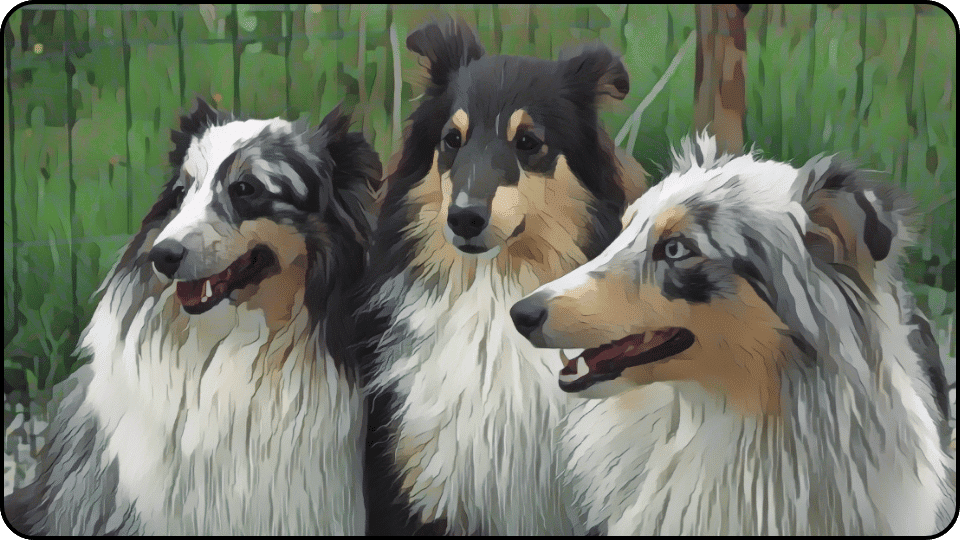
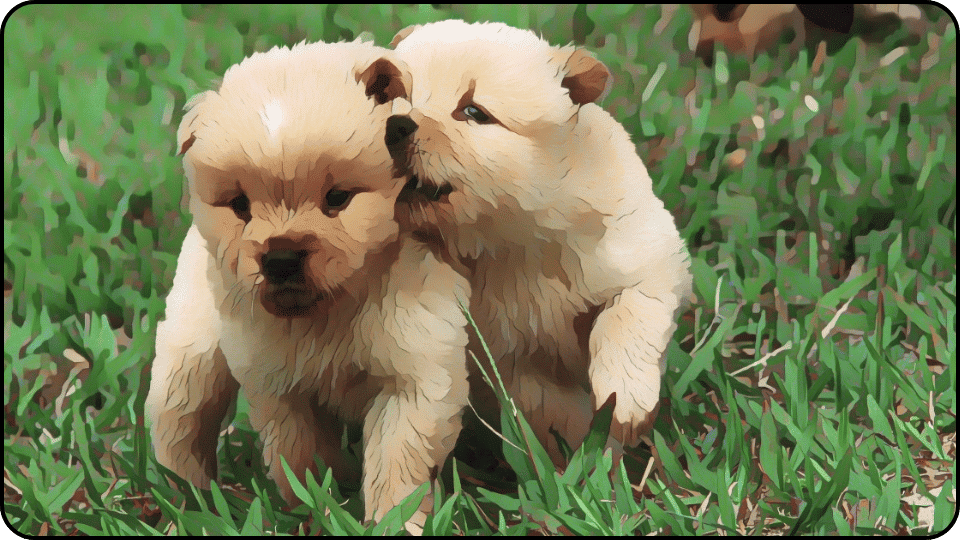
If your dominant dog shows aggression towards the puppy, intervene immediately and separate the dogs into different rooms. This separation helps prevent any potential conflicts from escalating and allows both dogs to calm down. It’s important to monitor the resident dog’s behavior and address any signs of aggression promptly.
If your puppy seems fearful or submissive, provide a safe space for them to retreat to that the older dog cannot access. This safe space is crucial for the puppy’s comfort and confidence. Ensure the area is equipped with their own food and water bowls, toys, and a comfortable bed. This setup helps the puppy feel secure and reduces stress.
If you notice any signs of resource guarding, ensure both the puppy and dominant dog have separate food and water bowls, toys, and sleeping areas. Resource guarding can lead to tension and conflicts, so it’s essential to establish clear boundaries. Providing each dog with their own resources prevents competition and fosters a peaceful coexistence.
Consider these tips for managing resource guarding:
- Use separate feeding times and locations for each dog.
- Monitor playtime to ensure toys are shared or used separately.
- Reinforce positive behavior with treats and praise to encourage sharing.
By implementing these strategies, you can create a harmonious environment where both your new puppy and dominant dog feel comfortable and respected.
Tips for a Successful Transition When Bringing Home a New Puppy
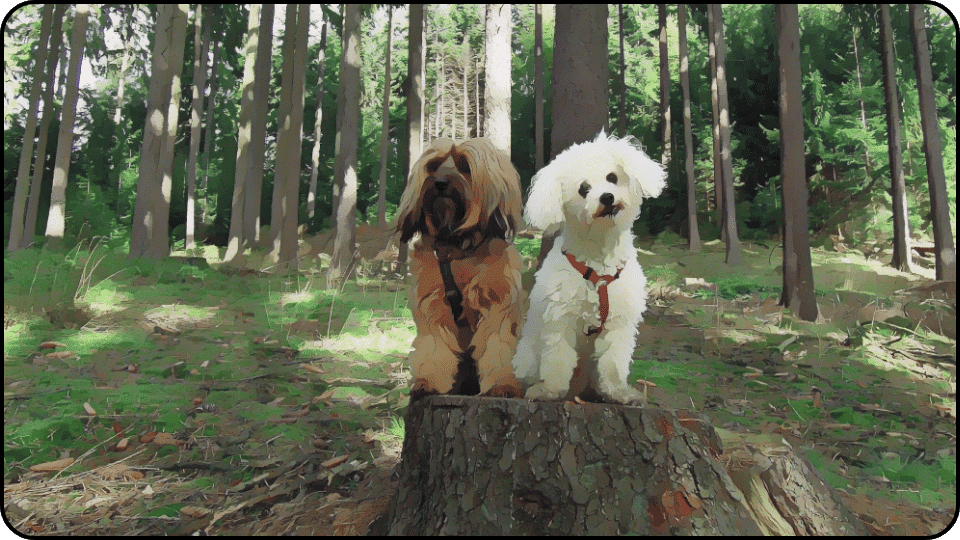
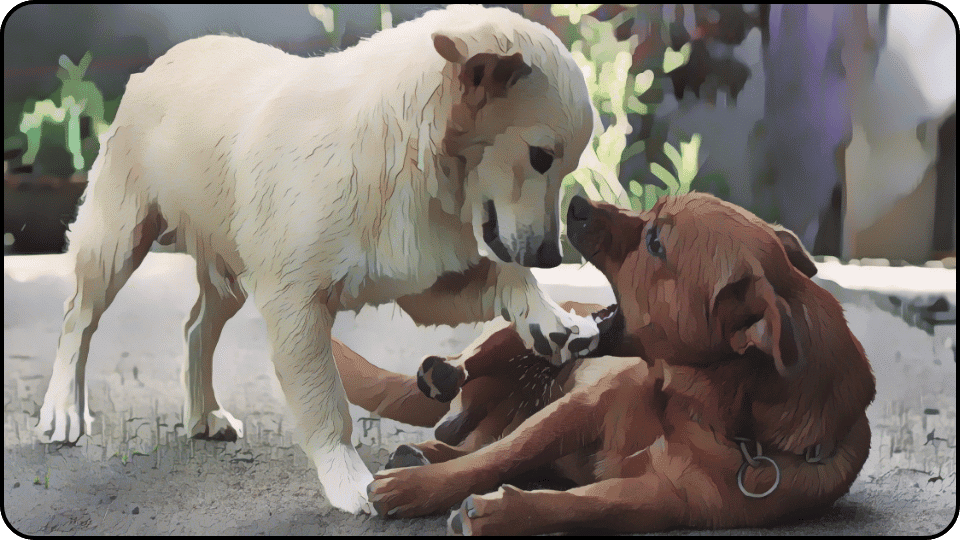
Patience and Consistency are Key
Be patient and consistent throughout the entire introduction process to set both dogs up for success. Patience is key, as rushing the process can lead to stress and potential conflicts. Consistency helps both dogs understand what is expected of them, promoting a stable environment.
Allow Natural Interactions
Avoid forcing interactions between the puppy and the dominant dog before they are ready. Allow interactions to happen naturally, giving each dog the time they need to adjust. This approach minimizes stress and helps build a positive relationship. Observe their body language to gauge their comfort levels and readiness for closer interactions.
Establish Separate Spaces and Resources
Provide separate spaces and resources for each dog to reduce competition and help establish the new pecking order. Separate feeding areas, sleeping spaces, and toys can prevent resource guarding and territorial aggression. This setup allows both dogs to feel secure and respected in their own space. Consider using gates or barriers to clearly define these areas.
Enroll in Obedience Classes
Consider enrolling your dominant dog in a refresher obedience class to reinforce basic commands and respect for boundaries. Obedience classes can help improve communication and strengthen the bond between you and your dog. This training reinforces respect for boundaries and helps in managing dominance issues effectively. Additionally, it provides mental stimulation and encourages positive behavior.
Establishing a Routine
Establishing a routine is crucial when introducing a new puppy to a dominant dog. A consistent schedule that includes regular feeding times, exercise, and playtime for both dogs can help reduce stress and anxiety, making the introduction process smoother.
Create a routine that allows both dogs to have their own time and space. For example, establish separate feeding areas and times to prevent competition and resource guarding. Ensure that both dogs get enough exercise and mental stimulation to keep them calm and content.
Additionally, clear rules and boundaries should be set for both dogs. For instance, do not allow the puppy to enter the adult dog’s space without permission. Consistency and clear communication are essential in helping both dogs understand what is expected of them.
A professional dog trainer can provide guidance on how to establish a routine and manage the introduction process. They can help you create a plan that ensures both dogs feel secure and respected, promoting a harmonious multi-dog household.
Final Thought
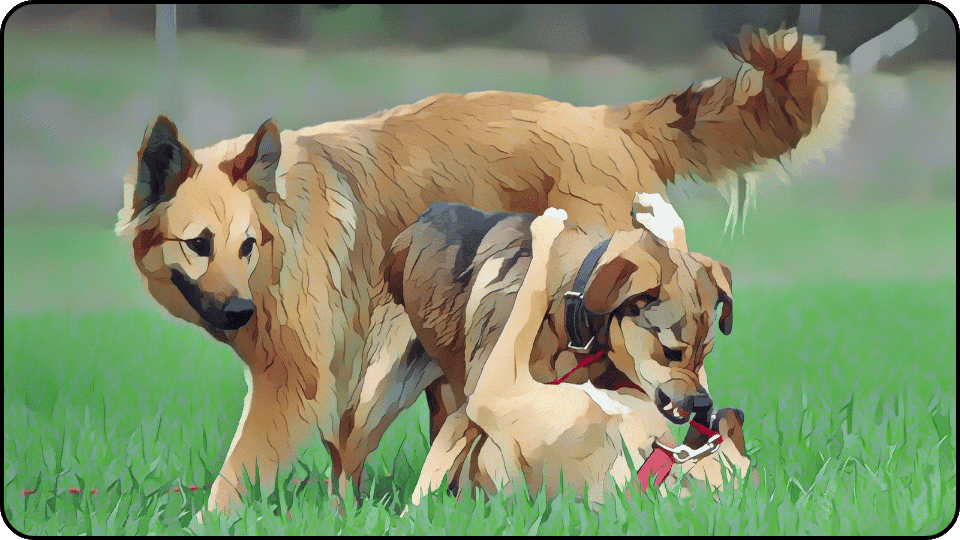
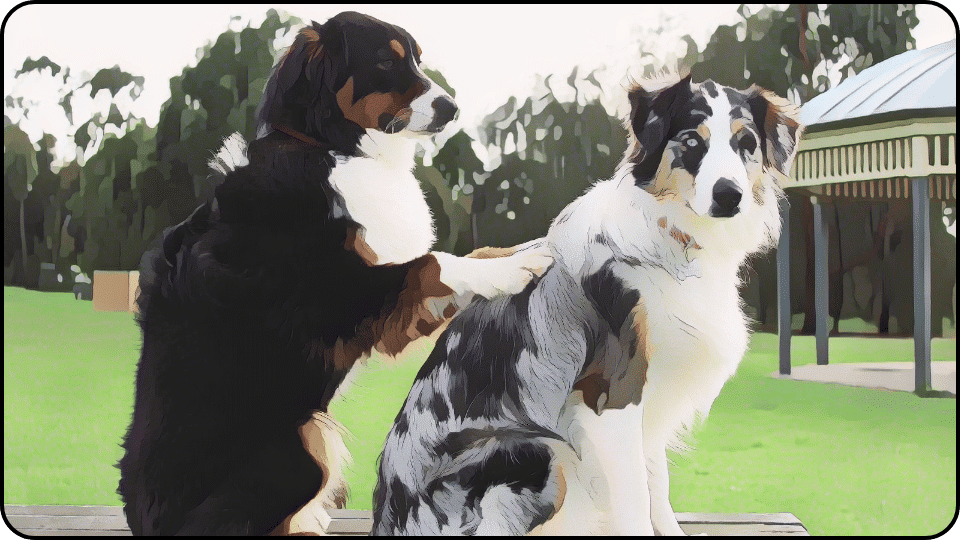
Introducing a puppy into a home with a dominant dog can be challenging, but with careful management, planning, and a lot of patience, it is possible to create a harmonious multi-dog household. By taking the time to understand each dog’s personality, establishing clear boundaries, and gradually increasing positive interactions in a controlled environment, you can help your new puppy and dominant dog develop a strong bond and lifelong friendship. Remember to seek professional guidance from a dog trainer if needed, and always prioritize the safety and comfort of both dogs throughout the introduction process and beyond.
FAQs & Quick Answers
Will a dominant dog accept a puppy?
A dominant dog can accept a puppy if introductions are handled carefully and gradually. By creating a controlled environment, establishing clear boundaries, and using positive reinforcement, the dominant dog is more likely to view the puppy as a new pack member rather than a threat. Patience and supervision are key to fostering a harmonious relationship between the two dogs.
How do I get my alpha dog to accept a puppy?
To help your alpha dog accept a puppy, introduce them gradually in neutral territory while closely monitoring their interactions. Use positive reinforcement to reward calm behavior and ensure both dogs have separate spaces and resources to prevent competition and reduce stress.
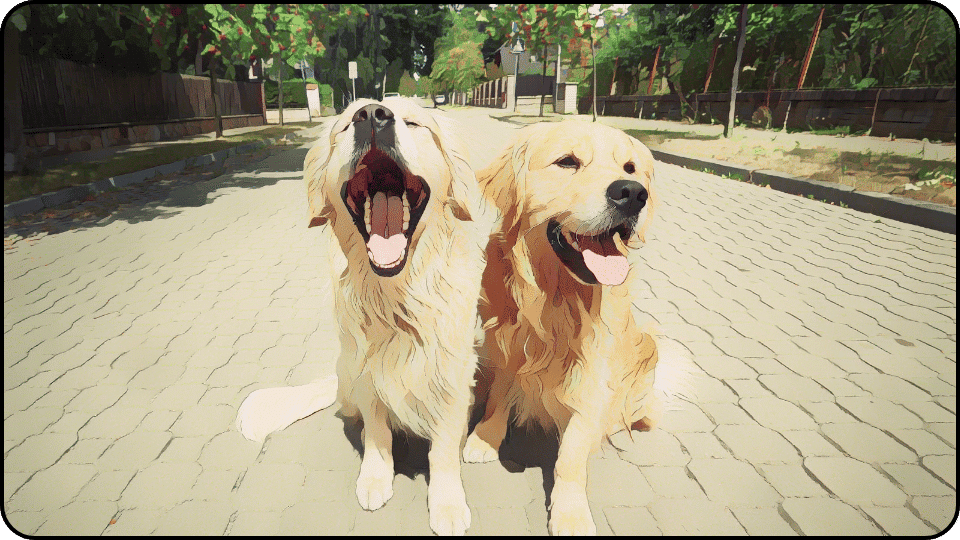

How do you introduce a new puppy to an aggressive dog?
Introducing a new puppy to an aggressive dog requires careful planning and monitoring. Start by introducing them in neutral territory while both are on leashes and observe their body language closely. Use positive reinforcement to reward calm behavior, and gradually increase their time together as they become more comfortable with each other’s presence.
How long does it take for a dog to get used to a new puppy?
The time it takes for a dog to adjust to a new puppy varies depending on the individual dog’s temperament and the introduction process. It can take anywhere from a few days to several weeks for the dog to accept the new puppy as part of the family. Consistent supervision, positive reinforcement, and patience are crucial in facilitating a smooth transition.
When Does Dominance or Dog Aggression Start?
In some rare instances, dogs under 8 months may exhibit aggressive behavior due to a dominant handler. With over 35 years of experience breeding working bloodline German Shepherds, I have rarely seen this. I’ve bred several dogs to be tough police dogs, and they quickly establish their rank when the time is right, ending any challenges to their handler. Unfortunately, many newly adopted puppies mistake dominance for a predatory drive, which is a completely different issue.
